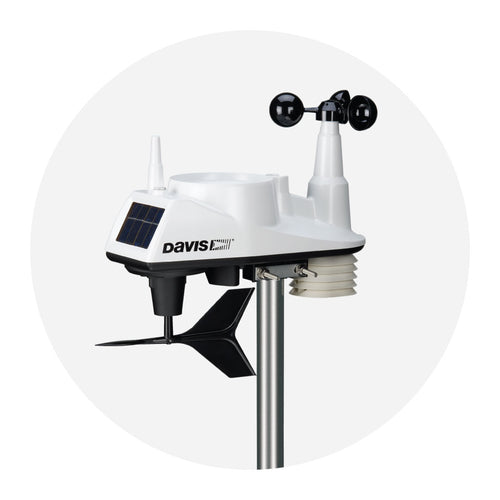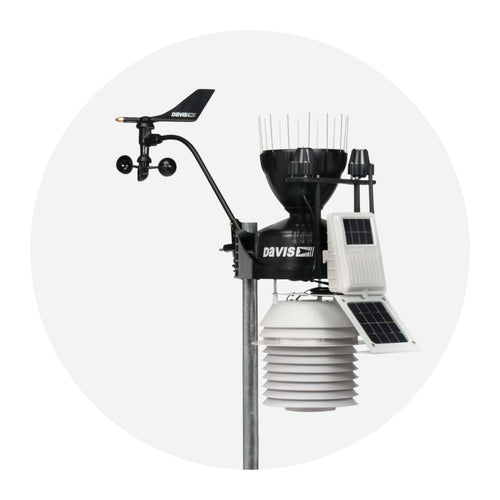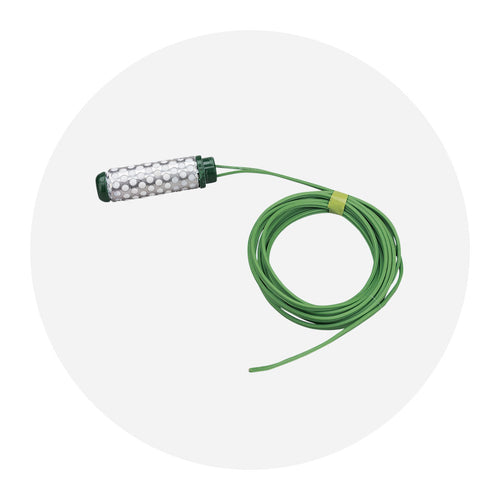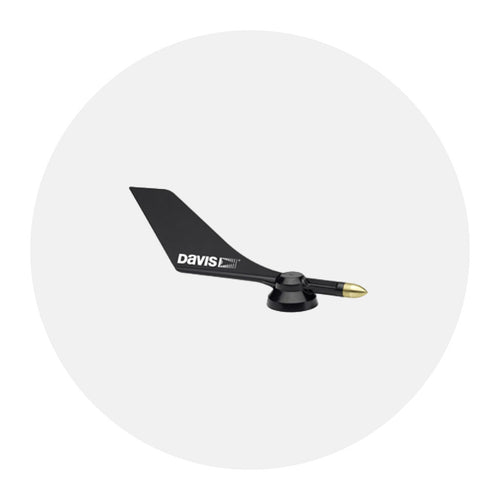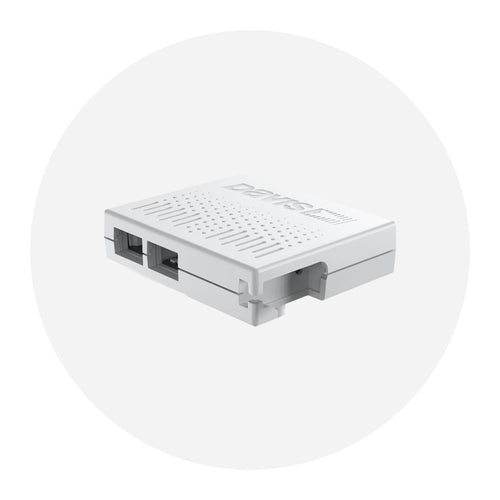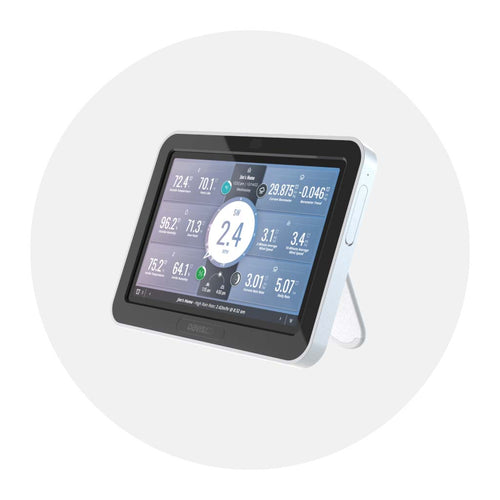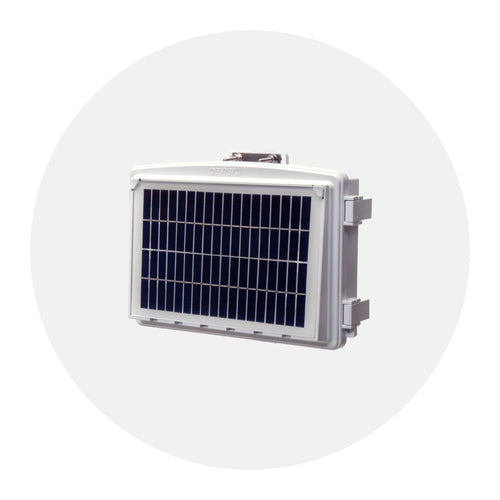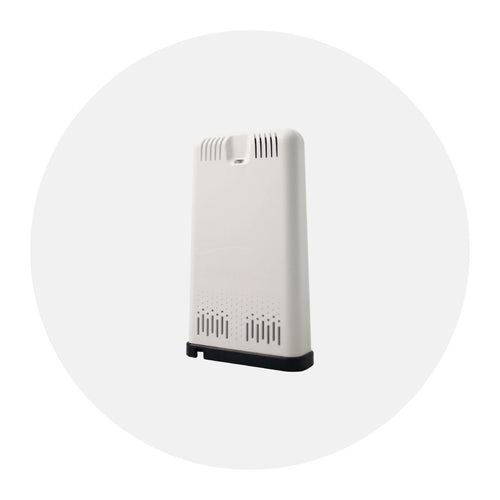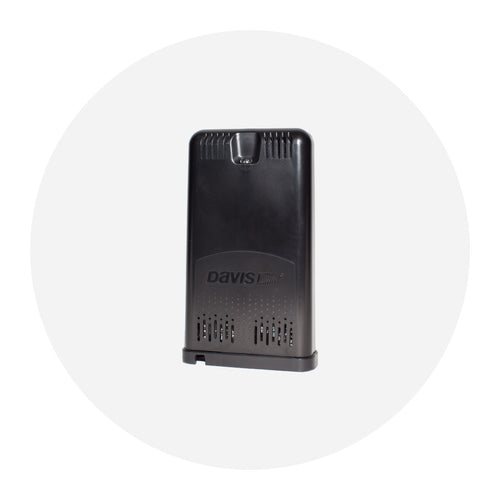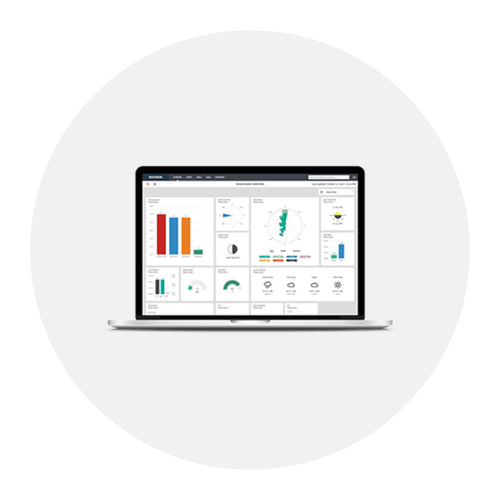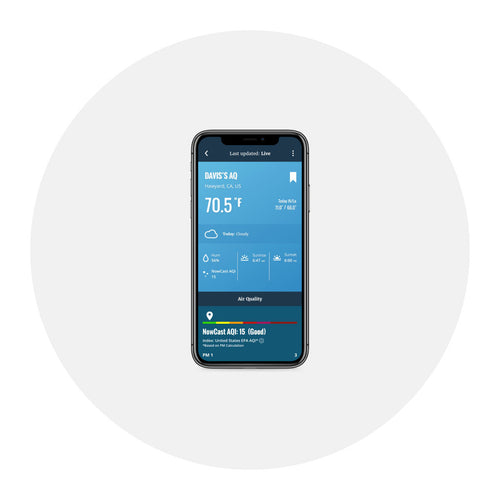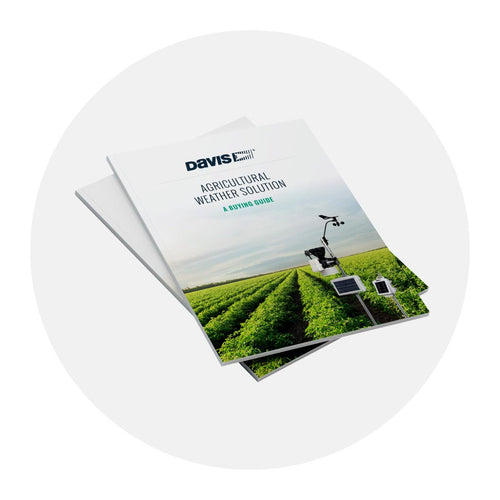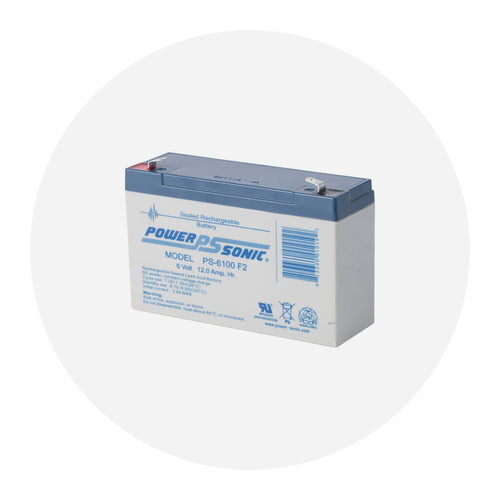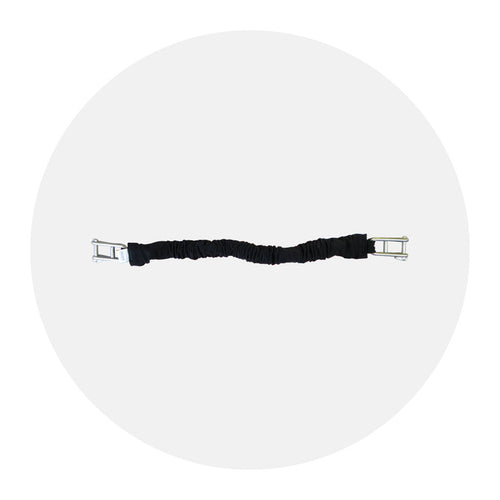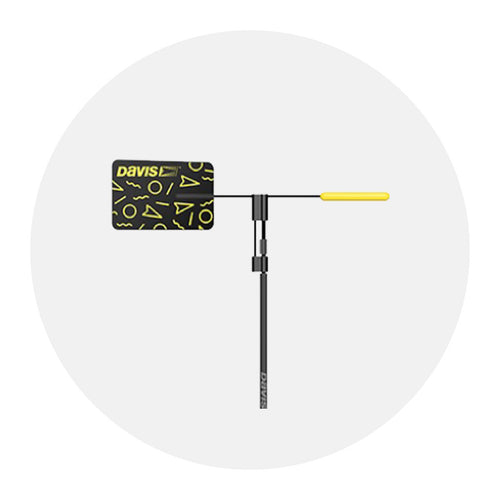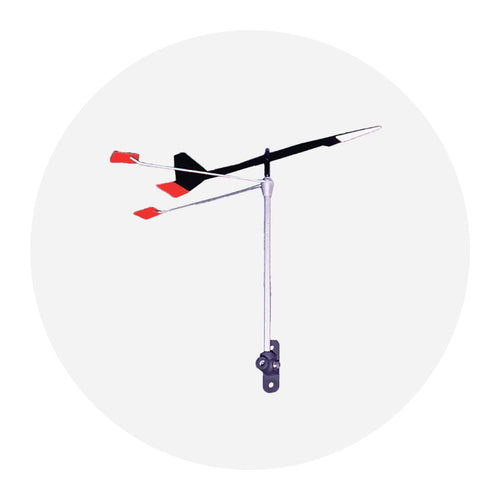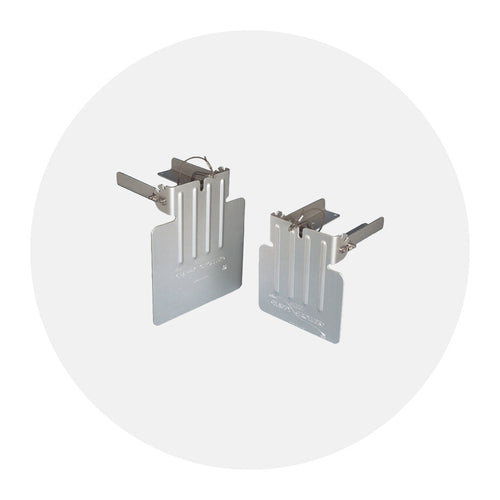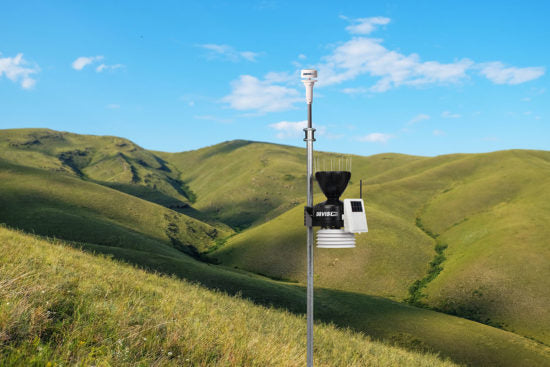
Meteorology 101: How Can Wind Speed and Direction be Measured with Sound?
At Davis, we love to give you choices. No two microclimates are exactly the same, and no two installations are equal, so weather-watchers require flexibility.
Now you have a choice in the kind of anemometer your Vantage Pro2 weather station uses. Our standard cup and vane anemometer measures wind speed using cups on horizontal spokes radiating from a vertical shaft. The cups are pushed by the pressure of the wind and the shaft’s rotations are converted into wind speed. The wind vane (which is technically not an anemometer, for weather trivia buffs) turns to point in the direction from which the wind is coming. Since the vane direction is factory-calibrated to be correct when the arm is pointed north, the wind direction can be calibrated from the position of the vane.
That standard style anemometer, based on centuries-old technologies, looks very different from our newest Sonic Anemometer.

Michael E. of Portsmouth, Rhode Island, has a new Sonic Anemometer, like this one, on his Vantage Pro2 since June of last year. "I absolutely love it," he wrote.
Sonic anemometers were developed in the 1970s and are based on sound waves. How can sound waves tell you how fast and from what direction the wind is blowing? It doesn’t seem logical, does it?
Sonic anemometers, which report both wind speed and direction, work by creating a 3-D representation of wind. Pairs of transducers are positioned opposite each other. They emit a sonic pulse, a sound wave with a frequency too high to be heard by humans. The pulse leaves one transducer and heads out across that small, air-filled space to the transducer across from it. Since we know the speed of sound in still air, we know how long that should take. The difference between how long it “should” take and how long it actually takes is the wind velocity. (T = L/(c + v), where T is time, L is distance between transducers, c is the speed of sound, and v is the air speed along the transducer axis.) Since sound travels faster as temperature increases, air temperature is used to calibrate the reading.
The transducers are both transmitters and receivers. The pulses go back and forth and the transit time in each direction is compared to give wind direction. If wind is coming from the north, a pulse sent from the transducer on the north side will arrive faster to the transducer on the south side than the one sent from the south side to the north. Meanwhile, the pulses going east to west and west to east will take the same amount of time. For this reason, your Sonic Anemometer, like the old style anemometer, must be installed so that the “north side” transducer really is on the north side! (Easy to do! You just need a compass -- or your phone!)
Sonic anemometers have advantages over the old cup style of anemometer. Since there are no moving parts, they are not affected by inertia or friction. For an anemometer with cups and a vane, there is a tiny lag time when the wind changes suddenly. The cups must go from still to moving or slow to stopped; the vane must turn from north to south. While this lag is usually averaged out, an installation in very turbulent settings or where wind gusts are common might be better served by a sonic anemometer which will immediately respond to turbulence.
Moving parts are also affected by things like ice, spider webs, dust, salt, or perching birds. We’ve seen wind cups so coated in ice, only a large gust will move them. Sonic anemometers are much less apt to be affected by freezing or ice. The pulse itself is usually enough to prevent formation of ice on the transducers’ heads. They are also less affected by dusty and salty air, which reduces maintenance on anemometers installed in those types of environments.

Want one?
- You can add a Sonic Anemometer to your system, either to replace your standard anemometer on your Vantage Pro2, or as a stand-alone wind station when installed with a Sensor Transmitter.
Want one on the Vantage Pro2 system you are considering? We've got a bundle with your name on it, and you'll save over $90 with these bundles.
In the face of escalating environmental risks, AEM is the essential source for insights on weather, climate, lightning, floods, wildfires, water management, and more.
Learn more about AEM and all of our solutions here.


